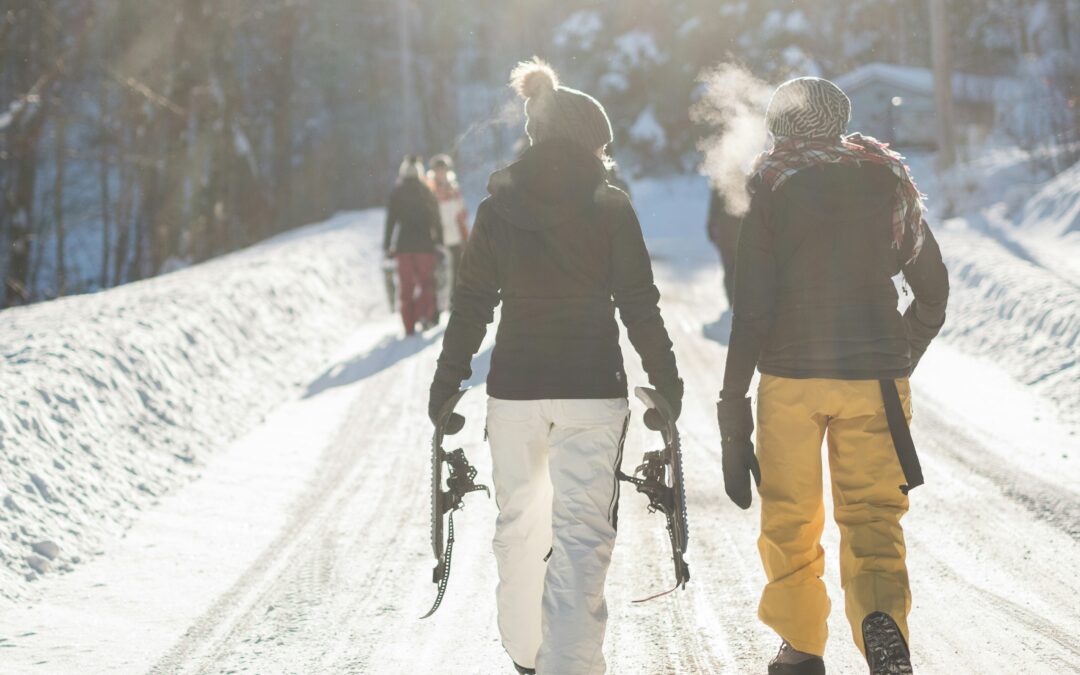By Michael Downs, MS Kinesiology, Redmond Fitness Director
Sports nutrition products such as bars, gels and drinks offer no performance advantage; however, they may be more convenient than real food. However, bars that taste good when riding at 80° F (27° C) may be unpalatable (because of taste and/or hardness) at 32° F (0° C). As a rule of thumb, as the temperature drops go for softer foods. I like to eat banana bread, oatmeal cookies, soft bagels with peanut butter and jelly, boiled salty potatoes, and the occasional gel. I cross-country ski, too, and on winter rides I’ll often take the same food as I would skiing, food that’s crunchy whatever the temperature: granola bars, crackers or pretzels, nuts and dried fruit.
Hydration Requirements
While your caloric requirements increase in the cold, your hydration requirements decrease, although you still need fluid. Some physiologists used to think that hydration requirements increased in the cold because you are exhaling moist, warm air; however, when you metabolize glycogen (from carbohydrate) that releases H2O, which more than offsets the water exhaled. The rule is the same year-round: drink to satisfy your thirst. I drink hot beverages such as hot tea with honey or hot sports drink.

Michael Downs, MS Kinesiology, Fitness Director Redmond

